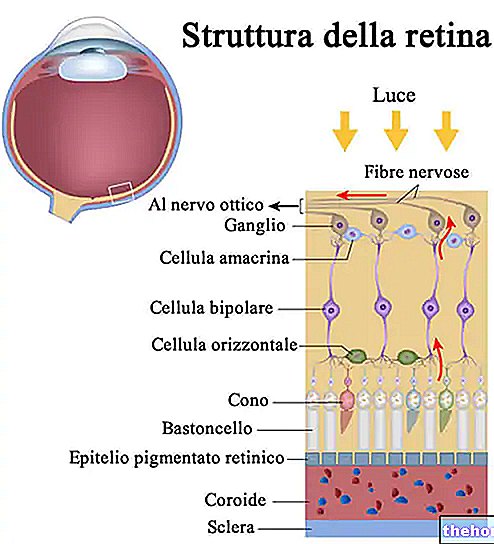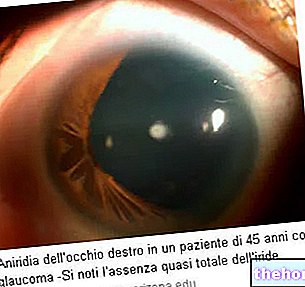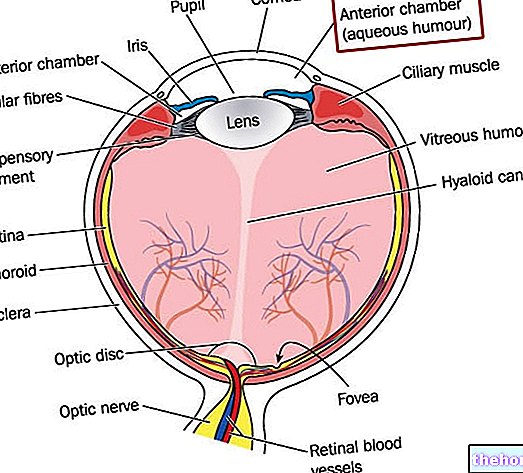Tears and lacrimal system
Tears are liquid secretions that constantly coat the conjunctival surfaces, keeping them moist and protected. Their presence reduces friction, hinders bacterial invasions, supplies nourishment and oxygen to the conjunctival epithelium and removes toxic substances or small foreign bodies in or around the eyes. Even the eyelids, which represent the continuation of the skin, have a fundamental role in protecting the eyes: in addition to providing a mechanical barrier, their intermittent movements distribute the tears over the entire surface of the eye, keeping it lubricated and free from dust and other particles.

Lacrimation disorders are the result of alterations in the physiological process of production and flow of tears. Causes include "increased tear gland secretion (hyperlacrimation) or inadequate drainage of the tear ducts (epiphora). The tear film change may be caused by a disorder affecting the eye structures or may be a clinical sign of a systemic disease, such as Sjögren's syndrome.
Causes
Excessive or persistent lacrimation is an ocular clinical sign caused by various conditions. The qualitative and quantitative alteration of the tear film, for example, can occur as a result of pathologies such as conjunctivitis, conformational changes of the eyelid margin, eye injuries or other conditions that hinder the flow of tears.
The two main causes responsible for "impaired lacrimation are:
- Obstructed tear ducts. The most common cause of insufficient tear drainage among adults is partial or complete stenosis (narrowing) of the tear ducts. If these are narrowed or blocked, the tears cannot drain, they accumulate in the lacrimal sac and cause swelling. (inflammation). Stagnation of tear fluid increases the risk of infection in the area and the eye reacts by producing a sticky secretion, further aggravating the problem. In addition, a tear gland defect can induce the secretion of insufficient or impaired tear volume. composition. The effect causes dry eyes, which become more vulnerable to irritation and may not be able to adequately fight infections.
- Excessive production of tears. Any irritative or inflammatory stimulus of the ocular surface (infections, allergies, foreign bodies or other irritants) can induce reflex tearing of the eyes; it is an innate defense mechanism to eliminate irritating causes and protect the eye.
Lacrimation disorders can occur at any age, but are more common in young children (0-12 months) and people over the age of 60. The alteration of the tear film can affect one or both eyes and can cause blurred vision, eyelid swelling and crusting.




























